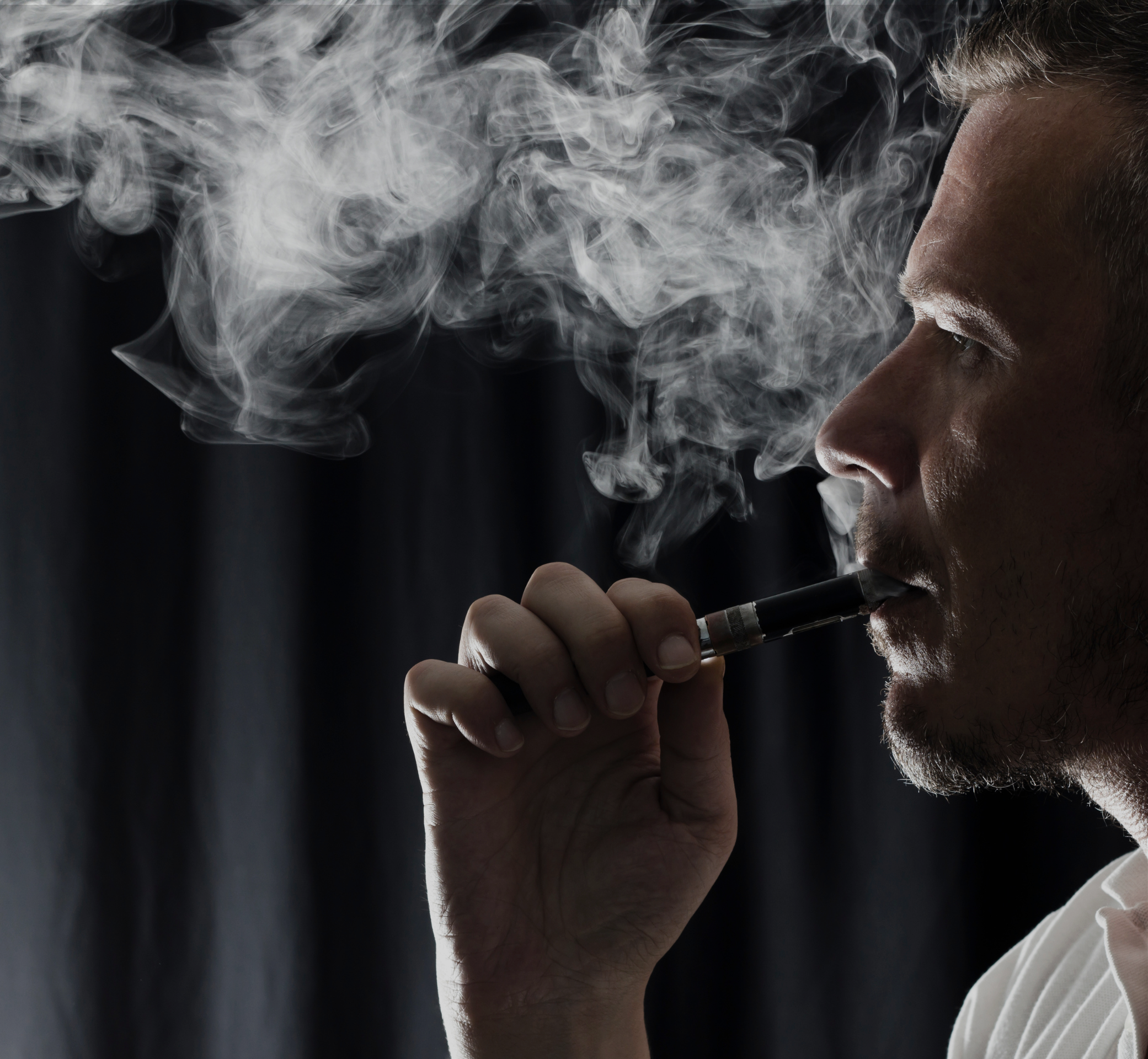Many American e-liquid manufacturers recently announced their intention to switch from nicotine made from tobacco leaves to synthetic nicotine. The USA (and Europe) immediately looked to put bans in place. The World Vapers’ Alliance and American consumer group CASAA contend that such bans will significantly harm consumers who want to quit smoking.
Congress in the USA passed the omnibus budget bill last week, introducing provisions that give the Food and Drug Administration authority to regulate synthetic nicotine products as a tobacco product.
Michael Landl, director of the global advocacy group for harm reduction, World Vapers’ Alliance, believes that this regulation will harm current smokers and vapers alike.
He said: “The bill threatens the availability of less harmful alternatives to smoking such as vaping. There is a disaster for public health looming. By putting thousands of vape shops out of business, many vapers will be pushed back to smoking. Targeting the exact product that allowed them to quit smoking makes no sense. Synthetic nicotine is an innovative way to decrease harmful effects of smoking and provide people with an alternative to traditional cigarettes.
“The goal of harm reduction is to reduce adverse consequences among people who aren’t able to quit smoking. It has proven effective in many countries worldwide and helped millions quit smoking. The land of the free should follow these countries instead of turning into a nanny state."
Syntetiske nikotinprodukter vil være underlagt Premarket Tobacco Application (PMTA)-processen, der kræver, at virksomheder ansøger om tilladelse til at forblive på markedet, hvilket skaber en betydelig udfordring for nye e-cigaretvirksomheder at forblive i forretning og dermed gør det sværere for forbrugere at få fat i vaping-produkter.
“Many companies do not have the resources needed to file the Premarket Tobacco Application, which is required under the FDA regulation for tobacco products. This bill will bring many negative consequences for tobacco harm reduction efforts, potentially limiting access to vaping products and forcing ex-smokers to return to cigarettes,", tilføjede Landl.
CASAA says: “Synthetic nicotine is not a new idea or product, but it is made in a lab. Tobacco companies considered a few applications for it in the 1960s, but issues with cost and product quality at the time made using it unattractive. Today, the cost of making high-quality synthetic nicotine is lower than in the 1960s, but it is still more expensive than nicotine derived from tobacco. While people who enjoy synthetically made nicotine may pay more for these products, it still costs less than cigarettes and is safer than smoking."
The consumer group adds, “There is no reason to believe that synthetically made nicotine poses any greater risks to consumers than tobacco-derived nicotine."
The US Senate passed H.R. 2471, the “Consolidated Appropriations Act of 2022,” by 68 votes to 31. The final step will be receiving President Biden’s signature.





